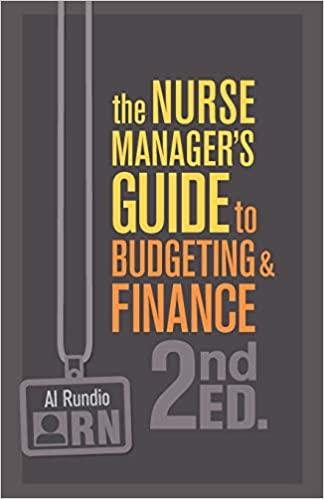Question
Use the cash flows from the following two projects to answer the questions 1 through 7 below. The firms required rate of return is 11%.
Use the cash flows from the following two projects to answer the questions 1 through 7 below. The firms required rate of return is 11%. Make sure to show all your computations.
| Year | Project A | Project B |
| 0 | -$200,000 | -$200,000 |
| 1 | $80,000 | $100,000 |
| 2 | $80,000 | $100,000 |
| 3 | $80,000 | $100,000 |
| 4 | $80,000 |
|
If your firms cutoff recovery period criterion is 2.40 years, which of these two projects would you accept:
using the payback period criterion?
using the discounted payback period criterion?
Would your investment decisions change if you used:
Net Present Value as your investment criterion?
Profitability Index (in times invested funds recovered) as your investment criterion?
Profitability Index (as percentage of invested funds) as your investment criterion?
Internal Rate of Return as your investment criterion?
Assume you are told that your firm only has $200,000 available to invest, which project of the two above would you chose if you used:
the Profitability Index (as percentage of invested funds) as your capital rationing criterion?
the Internal Rate of Return as your capital rationing criterion?
If the two criteria in a) and b) above differ in their recommended course of action, why do you think that is?
Which one of these two capital rationing criteria would you follow and why?
Using the replacement chain method to evaluate mutually exclusive projects of equal size, but unequal lifespans, which project out of the two above would you choose?
Step by Step Solution
There are 3 Steps involved in it
Step: 1

Get Instant Access to Expert-Tailored Solutions
See step-by-step solutions with expert insights and AI powered tools for academic success
Step: 2

Step: 3

Ace Your Homework with AI
Get the answers you need in no time with our AI-driven, step-by-step assistance
Get Started


